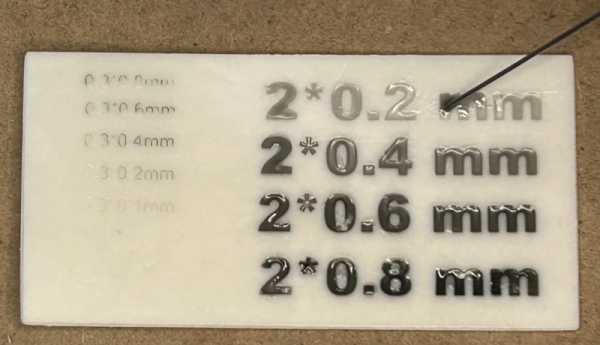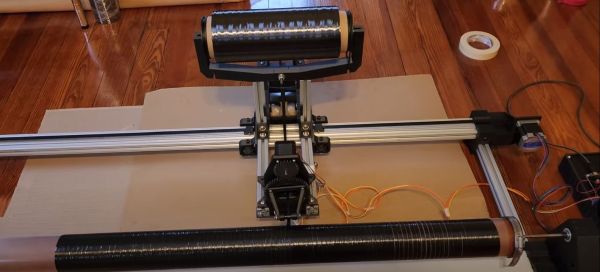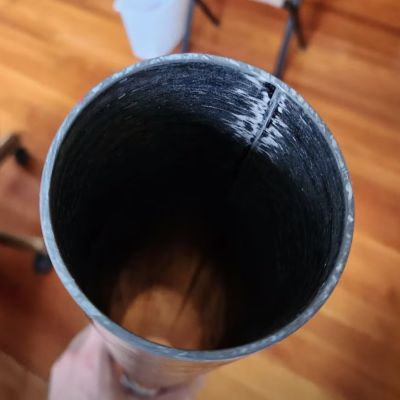Making something enjoyable often requires a clever trick. It could be a way to cut something funny or abuse some peripheral in a way it was never designed for. Especially good tricks have a funny way of coming up again and again. [DERAILED3D] put a 3d printed benchy in a bottle with one of the best tricks 3d printing has.
The trick is stopping the print part way through and tweaking it. You can add manual supports or throw in some PTFE beads to make a generator. The benchy isn’t the print being paused; the bottle is. The benchy is a standard print, and the bottle is clear resin. Once halfway through, they paused the print, and the benchy was left suspended in the bottle with a bit of wire. Of course, [DERAILED3D] moved quickly as they risked a layer line forming on the delicate resin after a minute or two of pausing. The difficulty and mess of tweaking a gooey half-finished resin print is likely why we haven’t seen many attempts at playing with the trick, but we look forward to more clever hacks as it gets easier.
The real magic is in the post-processing of the bottle to make it look as much like glass as possible. It’s a clever modern twist on the old ship in the bottle that we love. Video after the break.



















